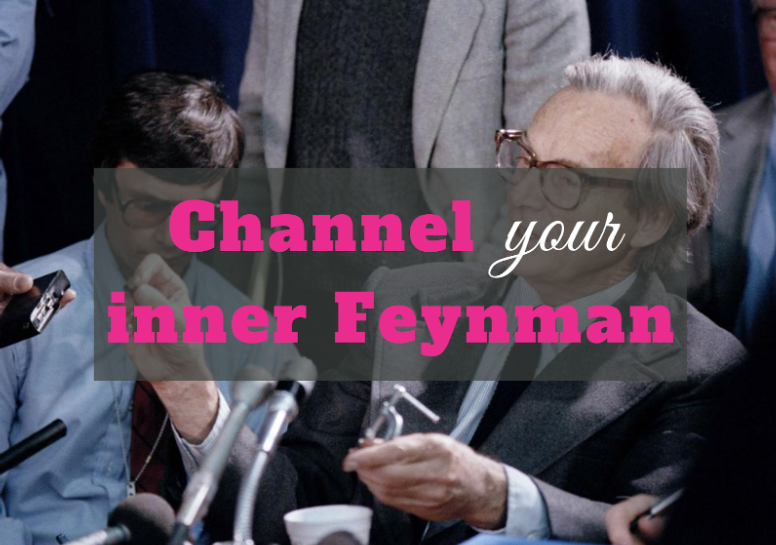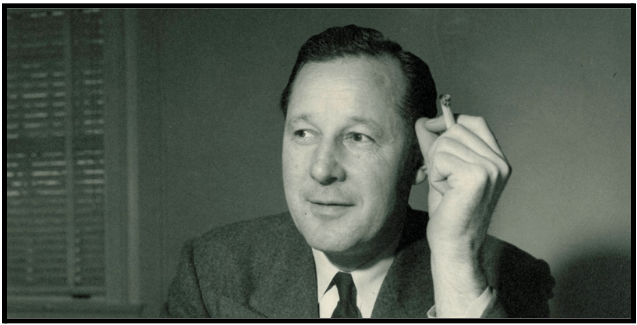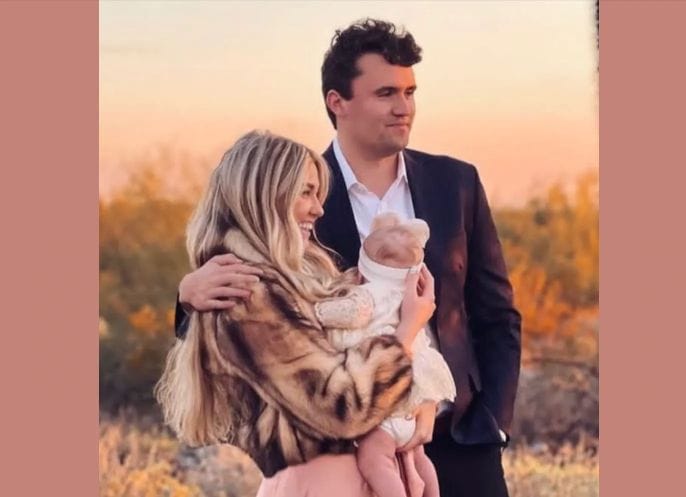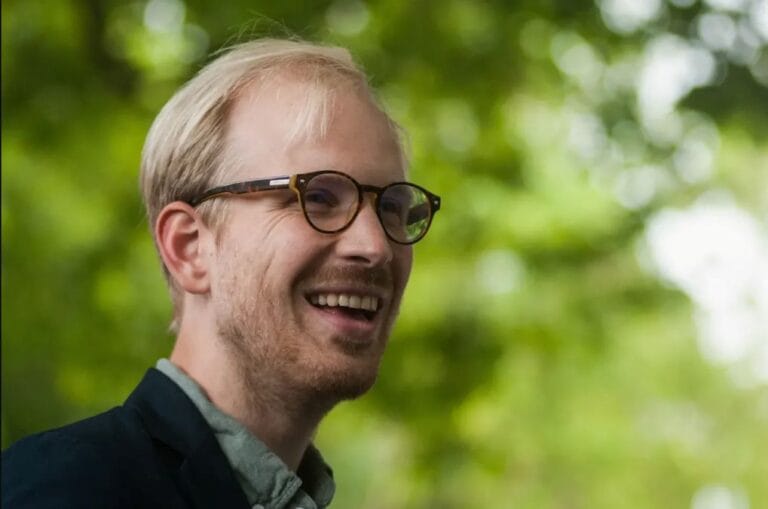Talking Big Ideas.
I gave this 5-minute lightning talk at Foresight Institute’s Vision Weekend in Puerto Rico.
Vision Weekend is a gathering of great minds solving big problems. It brings together entrepreneurs, scientists, investors, technologists, and supporters to drive progress in powerful technologies that have the potential to change the world for the better: biotech, neurotech, nanotech, AI, and more.
Foresight’s is a mission worth supporting. Check them out here.
This transcript has been lightly edited for clarity.
***
My name is Maryrose Ewing. I’m a public speaking coach. I work with leaders and experts to help them explain their work clearly and simply so that others will understand and care.
That’s what I’m going to spend the next 290 seconds talking about.
I want to start by taking us back in time, back to the year 1986.
It’s a cold day in January in Cape Canaveral, Florida, and the whole country is getting too ready to watch NASA’s latest launch of the Space Shuttle program.
It’s a very special launch because this is the first time that an American civilian will be going into space. Not just any civilian, but a school teacher, Christa McAuliffe.
Children all over the country are gathering together in their classrooms, in their auditoriums, to watch the launch live.
And we see it happen.
The space shuttle leaves the landing pad, it clears the towers, and it rockets off into the skies.
But 73 seconds in, something goes wrong. Something goes horribly, horribly wrong as Space Shuttle Challenger explodes, killing all seven crew members, including our school teacher, Mrs. McAuliffe.
How did this happen?
There’s a massive investigation into what went wrong. It’s America’s favorite physicist, Richard Feynman, who explains and demonstrates in a live congressional hearing how the O ring, the rubber gasket sealing the fuel compartment, stopped working.
He takes an O ring and dips it in a glass of ice water, recreating the conditions on that cold January day.
The O-ring becomes hard and brittle. The whole country can see what happened.
When the O-ring was exposed to freezing temperatures, it stopped sealing the fuel compartment, allowing fuel to leak out and ignite, creating the explosion that millions of children watched live on TV.
Here’s the thing.
Experts at NASA knew this was a problem. They knew this could happen, and that to launch on that day was too risky. So then, why did the decision-makers at NASA go forward with it?
You see, the information was buried in charts and reports. The decision-making team even debated this very issue the evening before.
It came down to a catastrophic failure of communication.
A catastrophic failure of communication
The managers at NASA failed to listen, yes, but it was the job of the engineers and the experts to communicate effectively, to make the managers see the right path forward on that day.
As an expert, it is your job to communicate well. It’s your job to communicate effectively. It’s not your audience’s job to understand.
How can you do this? Whether you’re writing an email or a grant proposal or giving a talk at Vision Weekend, how can you communicate effectively?
It starts by articulating your Big Idea.
What’s your Big Idea?
What’s the one thing that you want your audience to know, understand, and walk away thinking?
Get that down to a single sentence. One sentence that, if you get it into your audience’s head, you’ll be successful.
How do you identify your Big Idea?
Start with identify. Of all of your work, of all of the data, and results, and everything that you’ve done. What is it that your audience needs to know?
Next, you clarify. Take your paragraphs of information and clarify it down to one concise sentence.
Then you simplify. You make it a sentence that even a third-grader could understand.
Identify, clarify, and simplify your big idea into a single sentence that a third-grader could understand.
Richard Feynman did this in his famous Appendix F to the Rogers Commission Report that came out of the Challenger explosion.
He had one big idea.
He said reality must take precedence over public relations, for nature cannot be fooled.
Reality must take precedence over public relations, for nature cannot be fooled
Channel your inner Feynman.
Explain your work clearly and simply so that others will understand and care.




